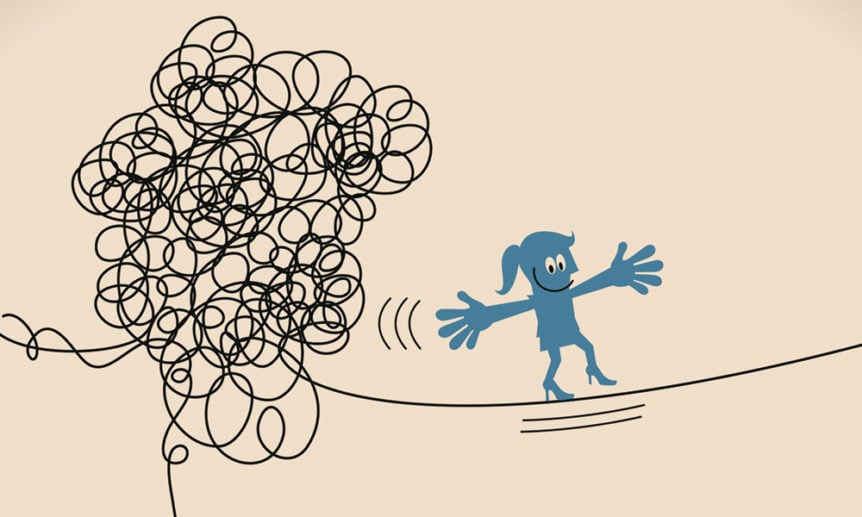
Source: iStock
Last Friday, three weeks after United Airline’s spectacular customer experience disaster, customers received a letter from CEO, Oscar Munoz.
He began by acknowledging the brand’s broken promise to customers.
‘Each flight you take with us represents an important promise we make to you, our customer. It’s not simply that we make sure you reach your destination safely and on time, but also that you will be treated with the highest level of service and the deepest sense of dignity and respect.’
In the eyes of a customer a brand stands for a promise of value. Promises that are kept deliver a positive and rewarding experience that foster customer loyalty and positive recommendation.
Today, when a brand breaks their promise spectacularly, the impact is not limited to one or two customers defecting to a competitor.
The reality is our daily news is now controlled by anyone with a mobile phone and social sharing. Unhappy customers now vent their outrage instantaneously and without censorship, effectively annihilating brand trust within minutes.
In the United Airlines case, the incident was viewed online over 200 million times.
From the basic promise of delivering the service paid for, to providing customer safety, treating passengers respectfully and delivering on the aspirational promise found in the brand’s strapline ‘Fly the friendly skies’, United failed to uphold these promises to customers.
In his ‘moving forward’ letter, Munoz outlined his intention to lead the organisation in building a customer-centric culture; a culture that empowers employees to do what is right by the customer – with a dedication to ‘redouble our efforts to put our customers at the center of everything we do.’
Critically, to rebuild trust with their customers, United will need to re-engage their people. I expect that many of their 87,000 employees will have suffered significant embarrassment during the crisis. These feelings will continue, as long as the stigma of community outrage remains.
A central tenet to rebuilding the brand will be the restoration of employee confidence and pride. Leaders across the business will need to be committed to uniting employees behind the higher purpose of doing what’s best for customers.
From the executive team down, their leadership group must commit to serving as role models for the rest of the business to follow.
Ultimately, customer centricity starts at the top of the business and shapes the beliefs and values to be developed as company-wide disciplines.
In these early days the leadership team’s focus will be on defusing rumors by communicating with transparency and discussing with internal stakeholders in an open and honest way the company’s initiatives to rebuild the brand.
Creating a workplace of openness will help to rebuild employee engagement. Success will depend on open and consistent communication reinforced at every opportunity through team meetings, company-wide emails, an open-door policy and employee feedback on customer improvements.
To effectively shift the business from product-centric to customer-centered every employee will need to buy-in. Involving employees in visualising the future-state and collaborating on a new customer experience vision will provide a sense of responsibility for shaping their future.
In an effort to move forward and rebuild, Munoz wrote, ‘Fixing that problem starts now with changing how we fly, serve and respect our customers. This is a turning point for all of us here at United…’.
United has begun the process by empowering their customer service teams to provide on-the-spot goodwill gestures in the form of miles, travel credit and other amenities when a experience misses the mark.
Had the business fostered a culture of trust and safety for employees to advocate on behalf of customers, their employees would have been empowered to de-escalate the recent incident.
In his communication, Munoz admitted this was a problem at United:
‘It happened because our corporate policies were placed ahead of our shared values. Procedures got in the way of our employees doing what they know is right’.
If they are to fix the systemic problems in the business the airline will need to go much further; this will require an organisational redesign of service delivery across the company’s policies and processes informing how employees respond to customers.
The first steps should be an in-depth exploration of service delivery from surface-to-core to understand the business’s service ecosystem; from the experiences customers have to how these are delivered.
This process unravels the complexity of how people in the business make decisions, allocate responsibility, manage and make sense of information and work together to get the job done; helping also to understand how organisational policy got in the way of employees doing what’s right for their customers.
Regardless of the company size or type, businesses today need to proactively mitigate the risk of failing to uphold their brand promise by fostering a customer culture where people, processes and services support doing what’s best for customers.



